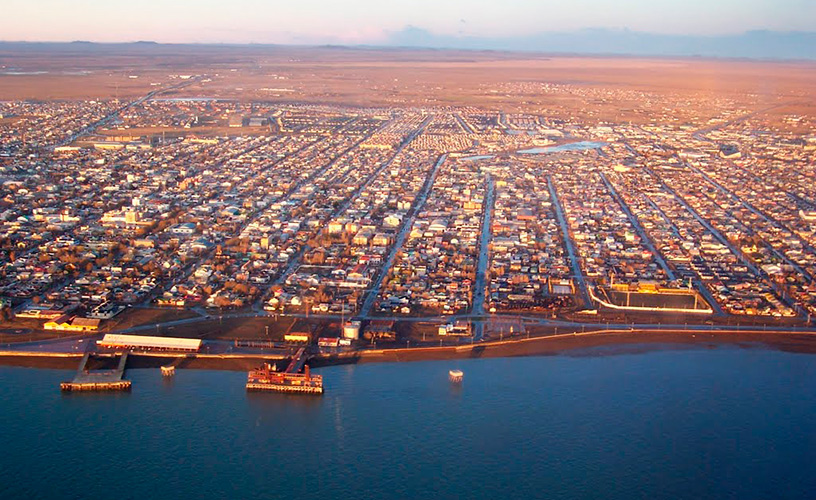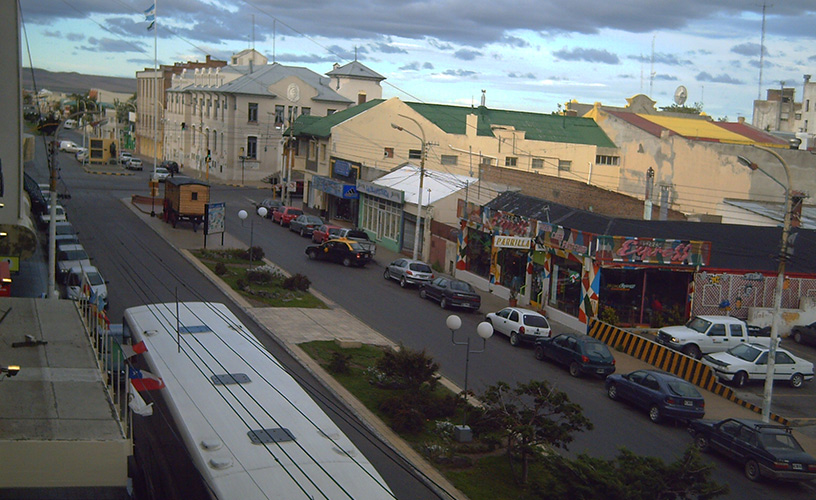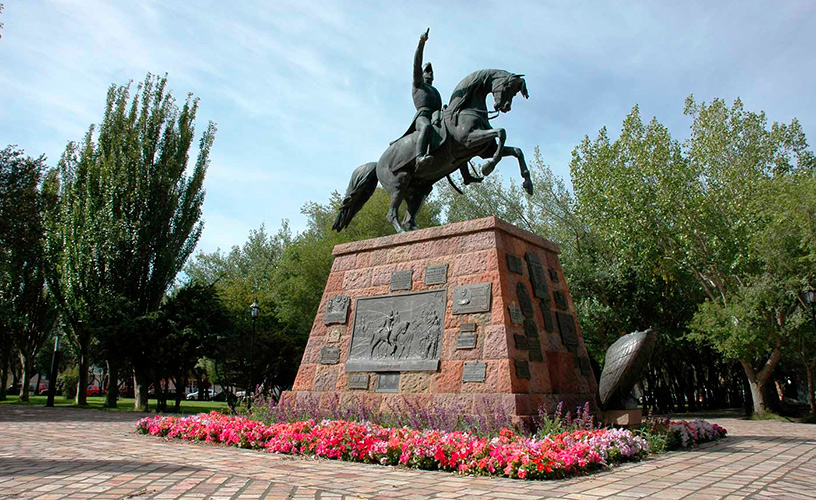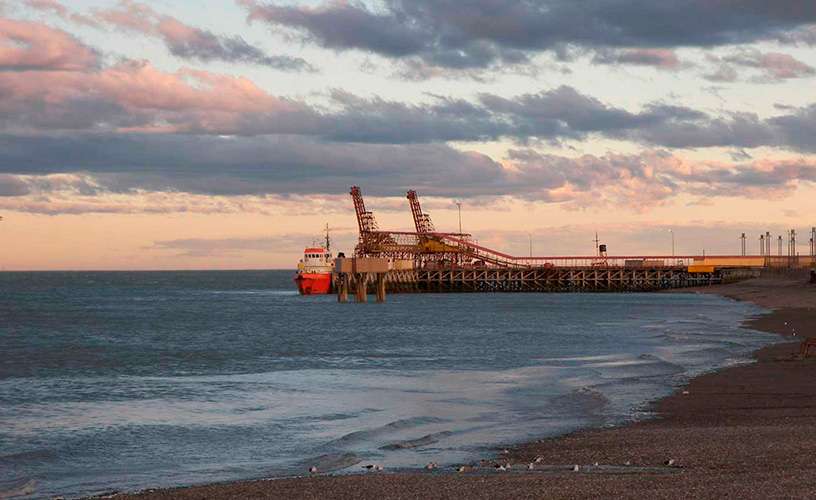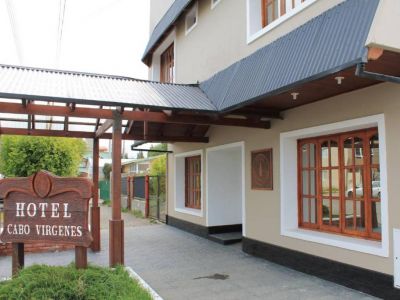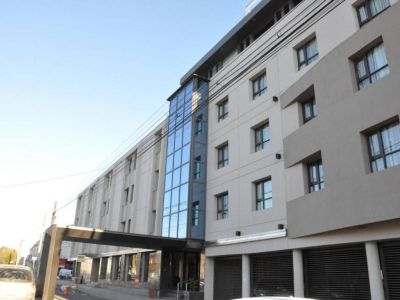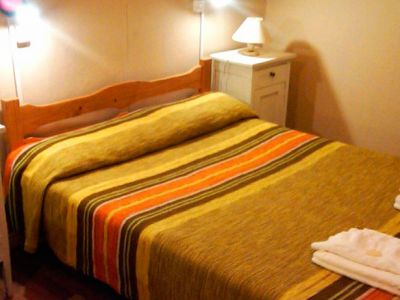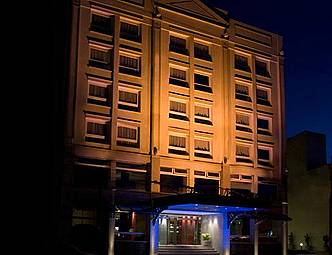The city located in the Province of Santa Cruz features stunning geographical, historical and cultural attractions.
We started an interesting and promising tour. We visited the coastal area in the Province of Santa Cruz and the port cities developed along the extensive Atlantic coast. We discovered a landscape of unspoiled nature surrounded by clear hostile lands and of paramount historical interest.
We toured almost endless plains with scarce vegetation where we could find desert needlegrass, sheep, guanacos and orange sunsets on the rias. However, the scenery on high mountains was completely different and it was possible to appreciate the famous glaciers, forests and snow-capped mounts.
On southern Comodoro Rivadavia is Río Gallegos, the city with the largest population. Its number of inhabitants almost equals the whole population of the Province of Tierra del Fuego. This is an important geographical and tourist spot in Southern Argentina.
To tour around the city itself, we set out at the waterfront avenue at a slow pace. We enjoyed the ria through which the Gallegos River carries its waters to the sea. We could see a fascinating park where beautiful sea birds hovered in search of food: cormorants, albatross and seagulls.
At 50, Piedrabuena Street is the national historical monument known as "Roca's Balcony", from where in 1899 the then President Julio A. Roca addressed the people after a historical binational meeting in the City of Punta Arenas.
We went on walking slowly towards Alcorta Street and just 200 meters ahead we found the House of Government, the Governor’s residence, the City Council and the “Gregores House” and Naval Museums.
A visit to The Pioneers' Museum was also worthwhile. This museum displays everyday life artifacts used by the first inhabitants of the city: furniture, wool carding machine, washing machine and the original layout of the city in 1886 as well.
The cathedral, the classic icon of the architecture style of those days, was another splendid historical building in Río Gallegos. Made of wood and tin, it was built in 1900 and declared national historical monument in 1985.
Other Alternatives in the City
All along the 198 kilometers of the Gallegos River, we found that wind and cold represent a real challenging outing for fishing enthusiasts. However, the famous brown trout weighing an average of six kilos is such a temptation that none of them can resist.
Another highly recommended outing is a visit to Cabo Vírgenes to see the southernmost continental spot in Argentina. This site was the first settlement in Patagonia and it was also known as the center of gold-panners. Today penguins are the sole and absolute owners of the horizon.
To get there, we drove 133 kilometers on gravel roads. We were cautious enough to fuel our vehicle tank and buy some food. We took National Route 3 towards the South and, after driving 16 kilometers, we took a detour to Provincial Route 1 on the left leading to Cabo Vírgenes. We went southwards up to the 90th kilometer marker (there lies a National Gendarmerie station). Then we found a fork to the right leading to the estancia Monte Dinero, situated almost on the international border.
Nowadays, this estancia is a model of sheep husbandry. The fifth generation of owners decided to open its gates to tourism. Its history combines motorcycles with Australian Kelpie dogs and the “Corino” breed of sheep, a result of the Corriedale breed crossed with the Merino sheep.
We continued our journey and, after driving 13 kilometers on gravel road, we finally arrived at Cabo Vírgenes. It is an extremely isolated place where we could find only traces of the “gold rush” times in 1876/85 as a result of the wreckage of a French ship and the discovery of gold in these sands.
At the south end, we could see the argentinian lighthouse of Cabo Vírgenes, 26.5 meters high in operation since 1904 and with a 44-kilometer range. We were recommended to go up the spiral hundred-year-old stairs to gaze at the barren landscape.
Later on, we visited a cozy tea house managed by the owners of the estancia overlooking the Strait of Magellan, which undoubtedly was the ideal refuge to stare at the end of the continent.
There we had a rest and concluded that Río Gallegos offers a great variety of activities to enjoy: angling, estancia tourism, sea birds, lighthouses and legends.
Pablo Etchevers
Dirección de Turismo de Rio Gallegos
